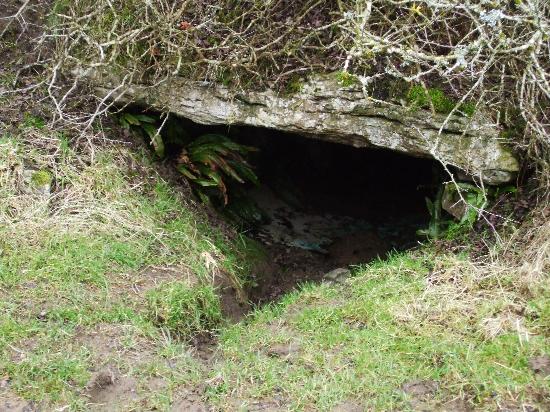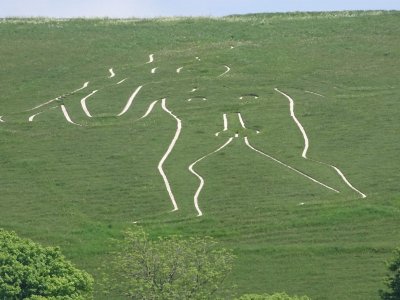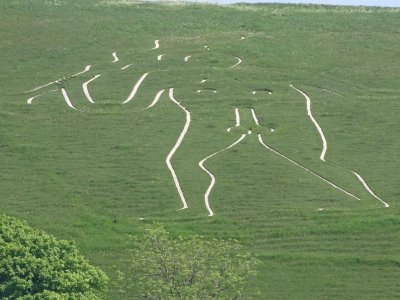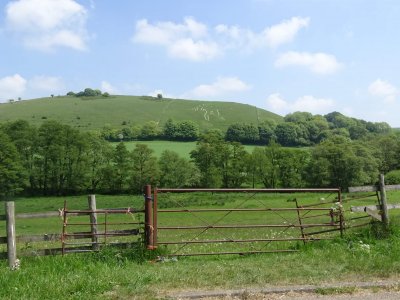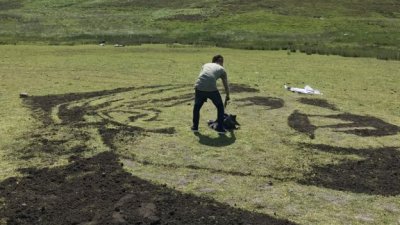- Joined
- Aug 7, 2001
- Messages
- 54,631
Hill figures: The stories behind the scars on England's skin
By Bethan Bell BBC News
Hill figures, emblazoned like scar tissue across England's undulating landscape, hark back to times when gods were honoured and appeased by grand gestures.
Although horses - and some well-endowed giants - are perhaps the most well-known hill figures there are also some more unusual creatures and carvings.
A lion stands proudly in Bedfordshire. A kiwi in Wiltshire is a testament to the homesick New Zealand soldiers once stationed nearby.
Here are the stories behind some of the enormous symbols which have become part of the country's very fabric.
etc...
http://www.bbc.co.uk/news/uk-england-39255651
"However, only the Osmington White Horse - a 260ft (79m) figure which prances across the South Dorset Downs - has a rider."
I'm familiar with this, as my parents used to live near there. And also because
"It was properly redone in time for the 2012 Olympics, when it could be seen by television viewers of sailing events held in Weymouth harbour", which of course I watched!
By Bethan Bell BBC News
Hill figures, emblazoned like scar tissue across England's undulating landscape, hark back to times when gods were honoured and appeased by grand gestures.
Although horses - and some well-endowed giants - are perhaps the most well-known hill figures there are also some more unusual creatures and carvings.
A lion stands proudly in Bedfordshire. A kiwi in Wiltshire is a testament to the homesick New Zealand soldiers once stationed nearby.
Here are the stories behind some of the enormous symbols which have become part of the country's very fabric.
etc...
http://www.bbc.co.uk/news/uk-england-39255651
"However, only the Osmington White Horse - a 260ft (79m) figure which prances across the South Dorset Downs - has a rider."
I'm familiar with this, as my parents used to live near there. And also because
"It was properly redone in time for the 2012 Olympics, when it could be seen by television viewers of sailing events held in Weymouth harbour", which of course I watched!
Last edited:


 ). It's the first time I've been there for many years. Sitting just above the horse's head, I was utterly astonished to see something that I don't think has ever been commented on before - or at least, I'm not aware of any commentary. From the vantage of the horse's head, looking down onto Dragon Hill and the elevated area it sits on, there is an enormous simulacrum of a horse's head! It is as if you are looking at it from its shoulder. I have a pic which I will share once I've uploaded it, but I am amazed that noone has ever pointed it out before.
). It's the first time I've been there for many years. Sitting just above the horse's head, I was utterly astonished to see something that I don't think has ever been commented on before - or at least, I'm not aware of any commentary. From the vantage of the horse's head, looking down onto Dragon Hill and the elevated area it sits on, there is an enormous simulacrum of a horse's head! It is as if you are looking at it from its shoulder. I have a pic which I will share once I've uploaded it, but I am amazed that noone has ever pointed it out before.
